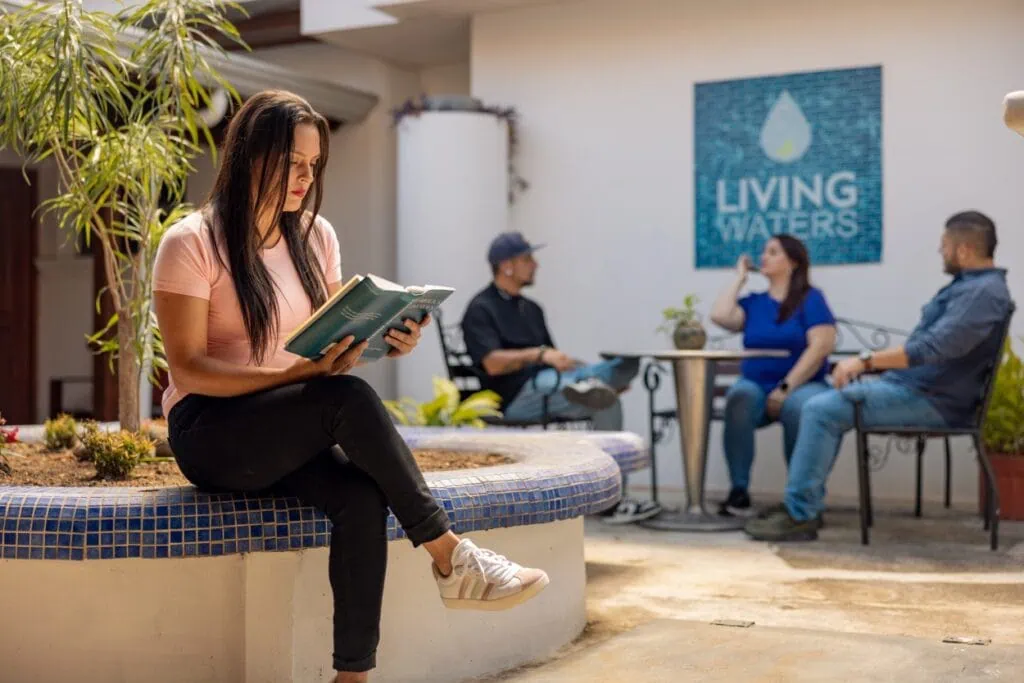Addiction touches people of every background, and that’s why treatment needs to be as accessible as possible. A treatment facility is a great way to do the work of helping people get clean and sober. Helping others is also a great way to give back to a community. Creating a space that helps others in recovery can be highly rewarding and valuable for locals. If you’re thinking of starting your own space focused on treatment, recovery, or other substance use disorder needs, there are many things to consider.
A Brief Look at the Pros and Cons
Opening a recovery-oriented business can be a hugely positive experience that introduces people to a new way of life. You are spreading hope, positivity, and change to people in the community. Treatment centers and more availability of services can help reduce stigma within the community, and educate people about the warning signs of addiction. It can also serve as a hub for 12-step meetings, making it easier for community members in recovery to access their support groups.
Pros of Starting an Addiction Treatment Facility in a Community
Here’s a look at some of the pros of opening a new treatment presenter in a new community:
- Better Access to Care: You will provide critical treatment and support for people with substance use disorders.
- Job Creation: You create jobs for healthcare professionals, administrative staff, and support workers.
- Community Education: A treatment center or sober living home increases awareness of substance use disorders (SUD) and reduces stigma. Your staff and your client’s presence in the community can provide an example of people in recovery.
- Economic Growth: Communities with services like recovery and mental health attract small businesses such as pharmacies, and counseling services and contribute economically to the community.
- Improved Public Safety: A recovery community promotes a culture of recovery, and helps reduce substance-related crime and public health issues.
Cons of Starting a SUD Treatment Facility in a Community
Some recovery facilities face challenges when opening. Everything in life has its negatives, and there is always the potential for a few of these issues to crop up or hamper your efforts to get started. Understanding the cons can help address concerns within communities.
- Gentrification Concerns: Recovery communities, like any business or development, can inadvertently lead to rising property values and rent, potentially displacing longer-term residents.
- NIMBYism: Community members can be oppositional because of concerns about decreased property values, gentrification, or safety issues.
- Stigma and Misunderstanding: Resistance from community members due to misconceptions about SUD and its treatment can cause issues when trying to get permits or purchase property.
Much conversation surrounds the idea of bringing recovery-related businesses into a community. There’s also controversy, often created through misconceptions, fears, and stereotypes. The good news is that by anticipating these, you can work on helping to prevent these concerns in the first place.
Improving the Local Economy and Decreasing Crime
Treatment centers, sober homes, and 12-Step meeting clubhouses can bring more money into the community. They create jobs for residents, such as counselors, nurses, and administrative staff. These newly employed stakeholders work and spend money in the process.
Recovering people also become productive when sober. They spend their earnings in the community on things like groceries, clothing, and entertainment, helping local businesses thrive.
Research also shows that a strong economic impact that recovery communities have is a reduction in local drug and alcohol-related crime.
Some programs also attract funding and support from government programs, private donors, and insurance companies. This money is often spent locally to improve infrastructure, pay for services, and support community programs.
Community Relations and NIMBYISM
NIMBY (Not In My Backyard) backlash is sometimes a concern with recovery housing and treatment. People can be uncomfortable with services such as substance abuse treatment, mental health services, or sober living homes. They understand the need but are uncomfortable with it close to home. Many tropes and stereotypes about addiction can be scary to outsiders. They don’t understand the nature of recovery and may be wary of their new neighbors.
They may worry about crime causing property value to decline, making it hard to sell homes or attract buyers.
Combatting Recovery/Addiction Stigma in Communities
Do your research before you approach a community about starting a recovery facility. When residents feel excluded from decision-making, they are more likely to oppose the facility. You will need to prepare yourself with data and statistics, and plans to address any remaining concerns.
Involve residents early in the planning and provide accurate information so they don’t feel left out. Share data and success stories to dispel myths about recovery facilities. Highlight their benefits, such as reducing crime and improving public health.
Your working professionals can explain how the facility will operate and its positive impact on the community. Talk about services and your intake process. What will happen if a person relapses on-site or when they finish their program?
Finally, provide data showing that well-managed recovery facilities can actually decrease local crime rates. Have adequate security, on-site staff, surveillance cameras, and partnerships with local law enforcement.
Dealing With Gentrification
A thoughtful approach can mitigate the role of recovery facilities in gentrification. When treatment centers are established in lower-income neighborhoods, they often bring increased attention and investment to the area. While this can have positive effects, it can also lead to rising property values and rents.
Owners should work with local government to create policies that protect affordable housing. Many cities use rent control measures or subsidized housing for low-income residents to preserve housing.
Recovery centers should be intentionally integrated into a broader community and can partner with local organizations to provide job training, education, and other resources.
Transparency and community involvement are crucial. By engaging residents in the planning and operation of recovery facilities, you can build trust and ensure that these initiatives serve the whole community.







